We all love a long, hot summer – except when the heat becomes oppressive. Here’s our guide to staying cool
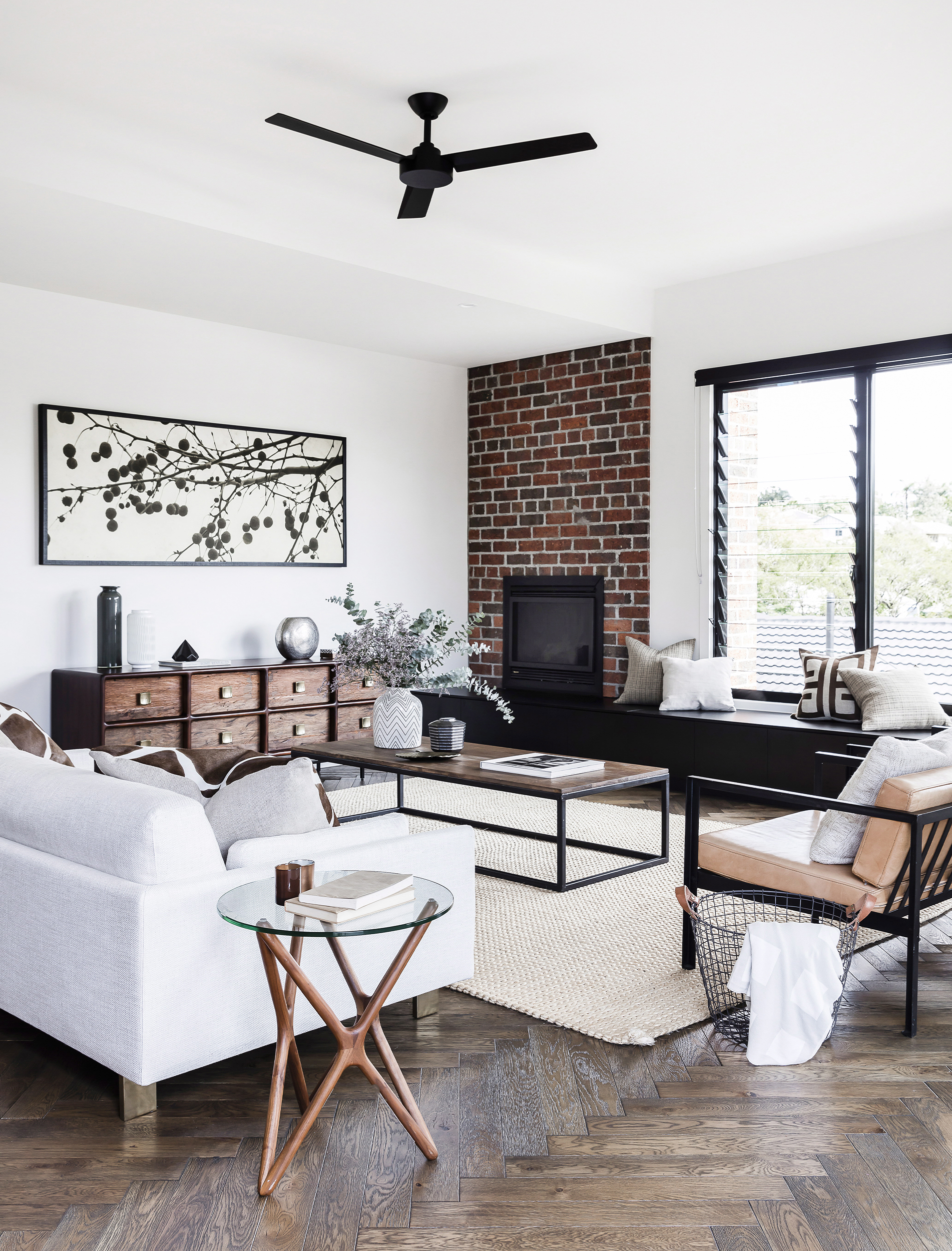
It’s that time of year when cheap plastic fans sell out and you’re left tossing up whether to invest in air conditioning or move to Antarctica. Choosing an energy-efficient cooling system can be a minefield, but maybe all you need to keep your home cool is a pedestal fan – and insect screens on your windows for night-time.
Cooling solutions
“I am a huge fan of simple ceiling fans,” says architect Harriet Pilkington of Young + Richards, who recently completed work on her own house and installed ceiling fans in the bedrooms. Her new build also maximises cross-ventilation through windows, and uses built-in shading, and other low-energy solutions.
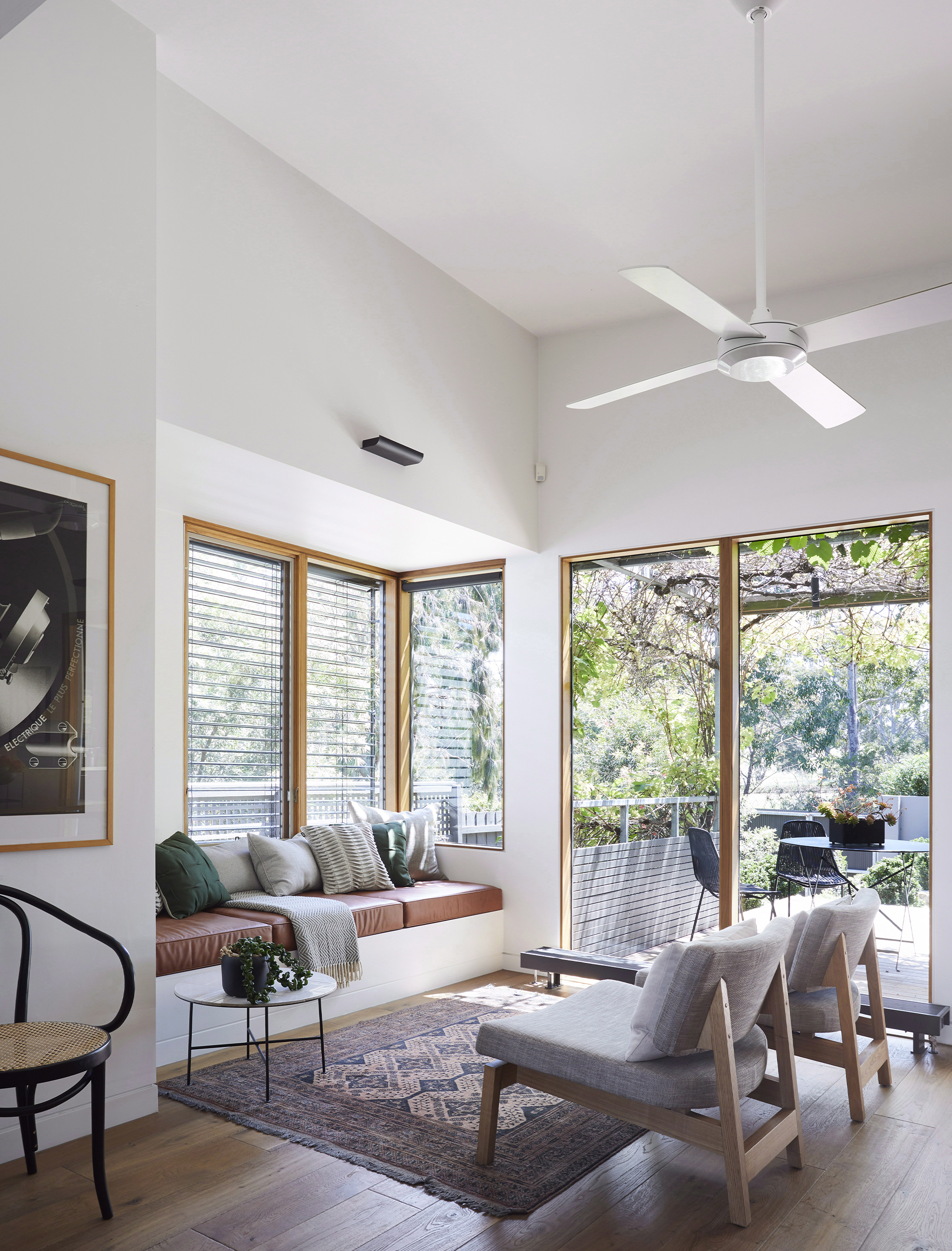
Sustainability is a huge growth area in construction, with many clients wanting to ensure their homes are energy-efficient all year round, says Harriet, starting with orientation. In her new home, for instance, the bedrooms are on the eastern side of the house, ensuring they are cool come bedtime, yet the family enjoys sunsets from the lounge on the west.“We love our large veranda overhang around the house, which gives shade from the high summer sun but allows winter sun to penetrate.”
Ventilation is often overlooked in new homes, she adds, and problems with condensation occur for this reason. While HRV and DVS systems can be good solutions as they regulate the temperature by circulating air, so too can thermally efficient glazing, she says. Homeowners should also consider the materials they use to reduce the heat gain from the sun, particularly on concrete slab floors, adds Thomas Speck, director of Heatpump Guys. “These can absorb excess heat during the day and radiate out well into the night – which is great in winter but can be uncomfortable during summer,” he says. “Shade sails and well positioned trees can greatly help in reducing the heat gain inside a home. Insulation is also crucial to avoid excessive heat inside.”
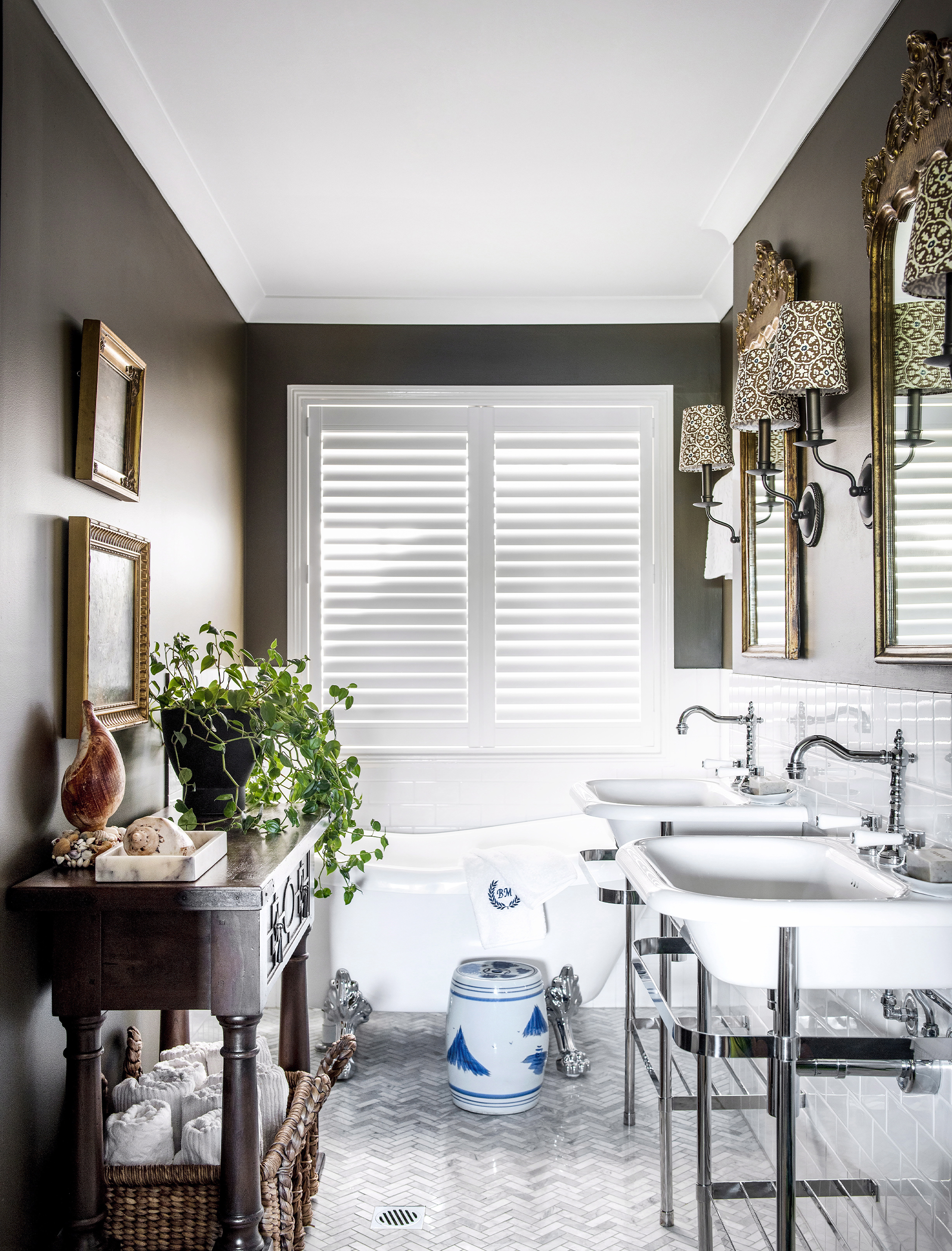
Awnings, blinds and shutters
Exterior sunshade products such as retractable awnings, mesh drop-down blinds and outdoor shutters are very effective as they deal with heat prior to it entering your home, explains Sunguard NZ’s Alex Arutyunov. Retractable awnings also have the added bonus of creating extended outdoor living spaces, providing shaded areas of up to 7m x 4m.
While awnings are usually made from thick acrylic fabrics that help to block UV ray, outdoor shutters are made of powder-coated aluminium, meaning they block 100 percent of light and the majority of heat – but they’re also bulky and can’t be fully retracted if needed, says Alex.
Outdoor blinds can be more effective in cooling the house itself, as they can be left down longer and are wind resistant, creating cooler spaces inside the house and on decks.
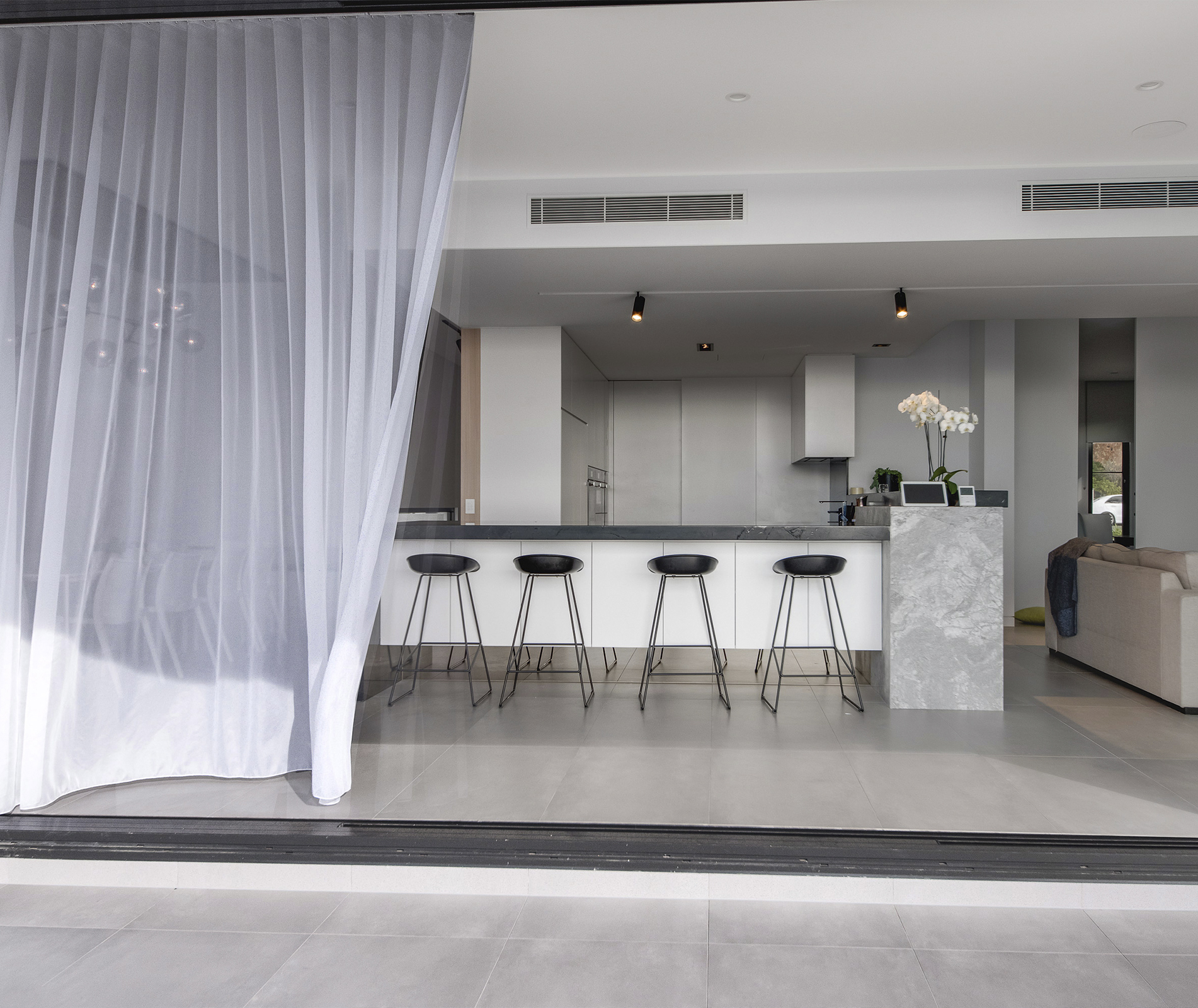
Heat pumps and air conditioners
Many countries call heat pumps “reverse cycle air conditioners”. In the last two years, Heatpump Guys director Thomas Speck says he’s fielded a huge increase in enquiries for these units purely for their cooling purposes, reflecting the hot El Nino summers we’ve endured but also a dawning realisation in New Zealand that we don’t have to suffer through the humidity.
When selecting a unit for cooling it’s important it has enough capacity to work effectively and quickly. Often this means a higher capacity than that needed for heating, says Thomas. Cooling in modern, air-tight houses is especially important, and should be considered particularly for all new builds with two or more storeys.
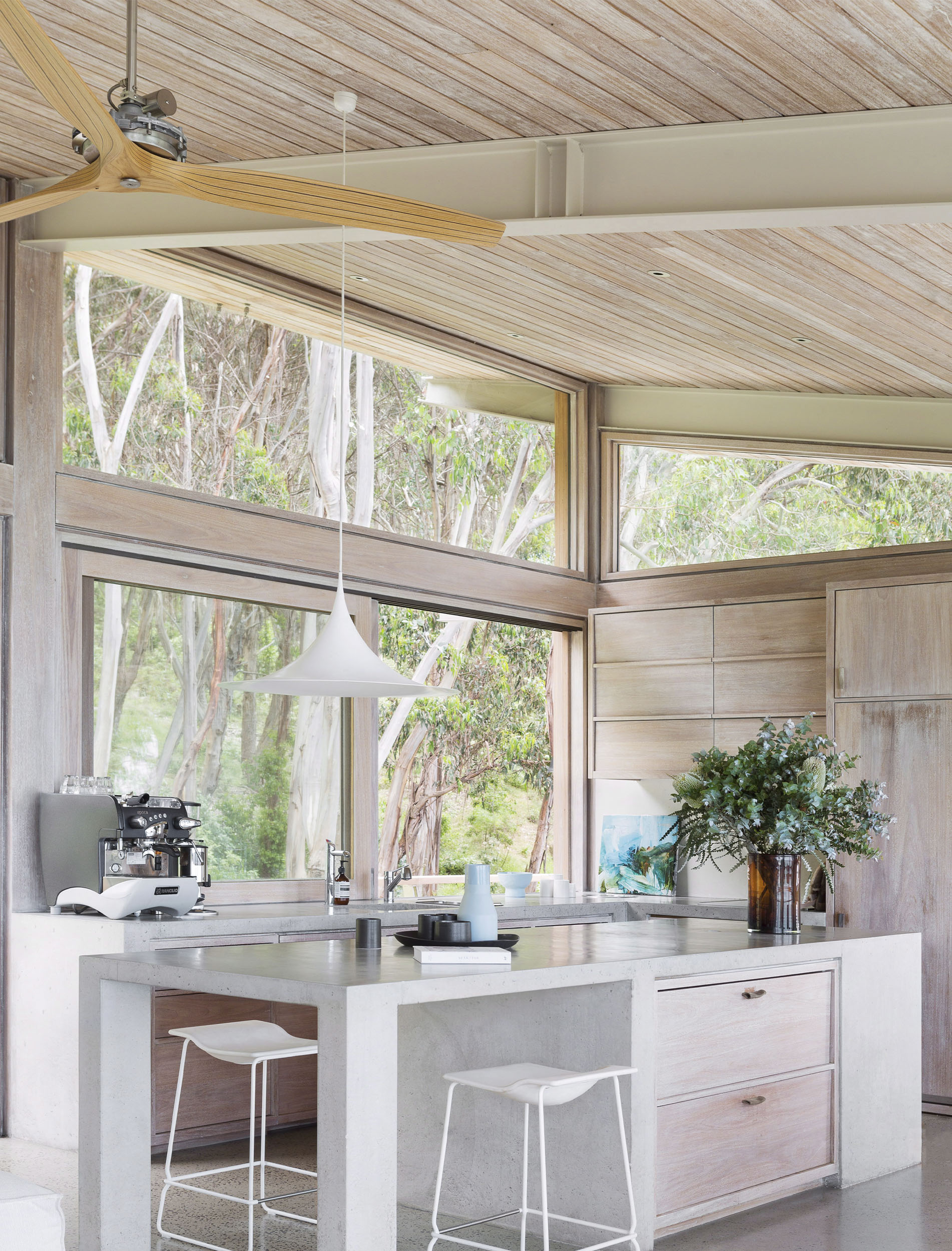
“We’ve attended sites in Auckland where top-floor bedrooms don’t dip below 30 degrees for the whole of summer, so cooling in these news builds is much more important than heating.” Installation costs can start as low as $650, however, depending on how difficult the installation and unit capacity is this may be up to $3500. Modern R32 air conditioners are more efficient than ever before, though that efficiency varies between units and brands. Heat pumps are capable of cooling single rooms, multiple rooms or ducted throughout the house.
Portable cooling units
Portable air conditioners can be very effective at delivering precise cooling and clean air when the humidity gets high. They’re cheaper to buy than a heat pump and don’t require professional installation, making them an option for renters who find a fan just doesn’t cut it in the height of summer, says Chris Peak, General Manager Solutions, Mitre 10 New Zealand. Because they can be moved around and used to cool individual spaces instead of the whole house, they can be a more energy-efficient option.
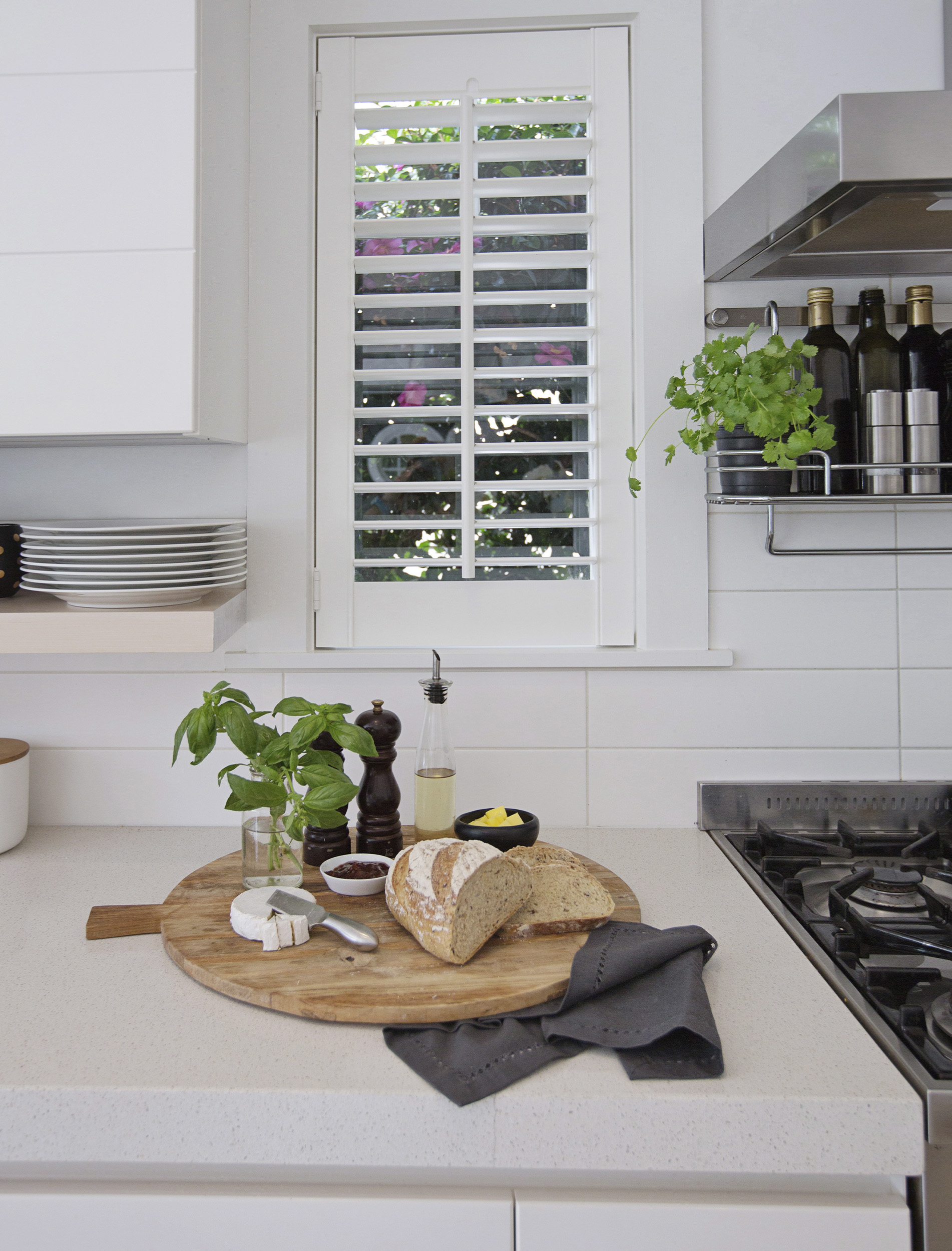
Some can be noisy, however, as all the heating and cooling components are housed within the unit. Many also require external ducting.“There’s usually a decibel rating provided but if not, I’d advise asking for a demo in-store,” says Chris. “They can also be quite hefty – look for a model with wheels so it’s easier to move around.”
It’s also important to check the type of refrigerant used, too, he says. Portable air conditioners use one of two types of gas – R410a (hydrofluorocarbons) or R290 (hydrocarbon). “R290 has a much lower global warming potential and is also more energy efficient, so this is the one to look for.”
Words by: Rebecca Barry Hill. Photography by: Are Media Syndication
EXPERT PROJECTS

Create the home of your dreams with Shop Your Home and Garden
SHOP NOW











